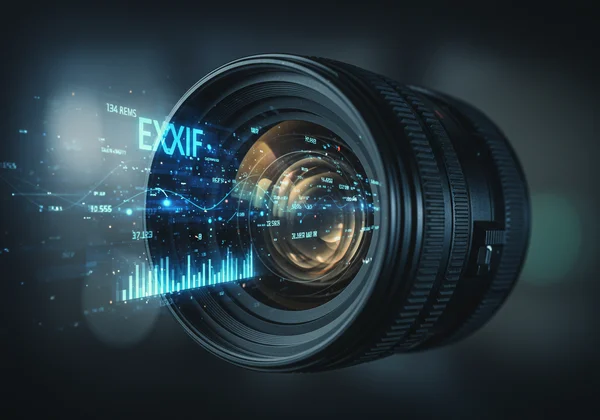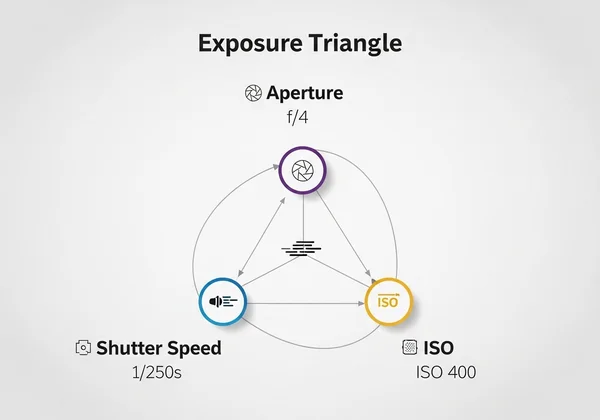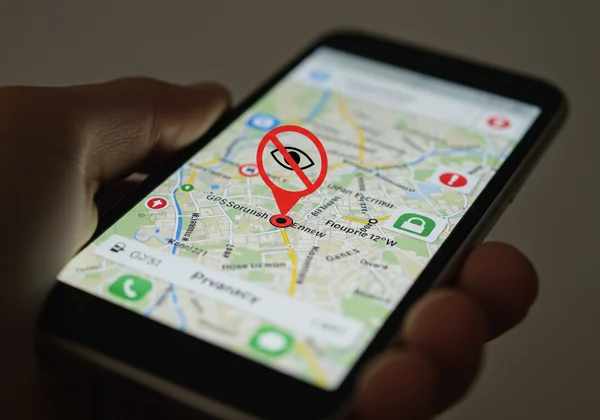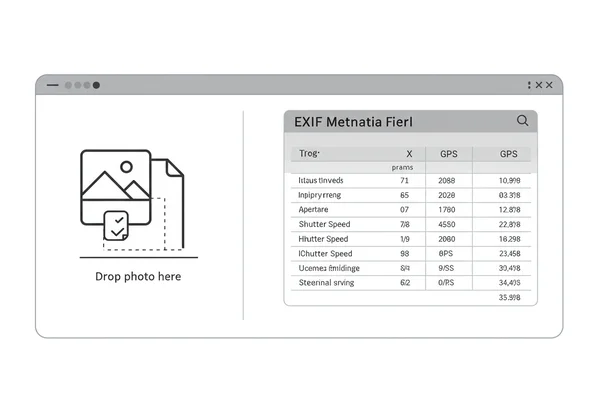Decoding EXIF Data: Essential Fields for Photographers
Beyond the visible composition, every photo carries a hidden story: its EXIF data. This digital fingerprint details how, when, and where a picture was taken. For photographers, understanding how to leverage this hidden information can elevate your craft, protect your work, and manage your privacy. This guide will dive deep into these essential fields, transforming confusing metadata into a powerful tool for analysis and improvement.
Whether you're a professional looking to refine your technique or an enthusiast curious about the DNA of a great shot, understanding this information is a game-changer. It holds the precise settings, location, and camera details behind every picture. With the right tool, you can unlock this treasure trove of information instantly. Ready to see what's hidden in your photos? You can [view image exif data] right now.

Mastering Camera Settings: Understanding EXIF Fundamentals
For photographers, the most immediate value of an EXIF reader is its ability to reveal the exact camera settings used for any shot. This information acts as a roadmap, helping you deconstruct your own work or analyze the techniques of photographers you admire. It allows you to move beyond guessing and start making data-driven improvements to your shooting style. By examining these core fields, you can pinpoint what worked, what didn't, and how to replicate success.
Aperture, Shutter Speed, & ISO: The Exposure Triangle in EXIF
The cornerstones of photography—aperture, shutter speed, and ISO—are all meticulously recorded in your image's metadata. Looking at these values allows you to reverse-engineer any photograph's exposure. You'll see the F-stop (e.g., f/2.8) that determined the depth of field, the shutter speed (e.g., 1/1000s) that froze or blurred motion, and the ISO sensitivity (e.g., ISO 100) that balanced light and noise. Analyzing this trio helps you understand the creative choices that led to the final image, making it an invaluable learning tool.

Focal Length, Lens Details, & Metering Mode
Beyond the exposure triangle, this data provides critical details about your gear. The focal length field (e.g., 50mm, 200mm) tells you exactly how the scene was framed, offering insights into perspective and composition. Many files also include the specific lens model, allowing you to track which of your lenses produces the sharpest results under different conditions. Furthermore, the metering mode (e.g., Spot, Center-weighted, Matrix) reveals how the camera measured the light, which is crucial for understanding how complex lighting situations were handled.
White Balance & Flash Status: Lighting Clues in Your EXIF
Lighting is everything in photography, and your image's metadata gives you the technical breakdown. The white balance setting shows whether the camera was set to Auto, Daylight, or a custom temperature, explaining the color cast and mood of the image. The flash status field tells you not just if the flash fired, but often its mode (e.g., red-eye reduction, fill flash). This information is essential for dissecting how a photographer balanced ambient and artificial light to create a specific look. You can [check your photo details] to see these lighting clues in your own work.
Beyond the Lens: Advanced Photo Metadata Analysis
While camera settings form the core of photographic analysis, the metadata embedded in your images goes much further. This advanced information touches on everything from when and where a photo was taken to who owns the copyright. Understanding this broader set of data is vital for organization, privacy protection, and professional workflow management. It's here that a comprehensive [image metadata viewer] becomes an indispensable asset.
Timestamp & Date: When Was That Photo Truly Taken?
Every digital photo contains a timestamp that records the exact date and time of its creation down to the second. This field, often labeled DateTimeOriginal, is fundamental for organizing your photo library chronologically. For photojournalists or event photographers, it serves as an indisputable record of when an event occurred. For hobbyists, it’s a wonderful way to accurately document memories, from a child's first steps to a stunning sunset on vacation.
GPS Coordinates: The Hidden Location in Your Photography EXIF Data
Many modern cameras and smartphones automatically embed GPS coordinates into a photo's EXIF data. This can be incredibly useful for mapping out a travel portfolio or remembering the precise location of a beautiful, remote landscape. However, it also represents a significant privacy risk. Sharing a photo online without stripping this data can reveal your home address, your child's school, or your daily routines. It's critical to know how to [check exif data] for location information before you share.

Copyright, Artist, & Description: Protecting Your Image Rights
For professional photographers and content creators, metadata is a key tool for protecting intellectual property. Fields like Copyright, Artist, and Image Description are part of the IPTC standard, which is stored alongside EXIF. You can embed your name, contact information, and usage rights directly into the file. This information can act as a deterrent to unauthorized use and serve as proof of ownership. A good EXIF viewer will display these fields clearly, allowing you to manage and verify your creative assets.
Accessing & Interpreting Your EXIF Data with Ease
Now that you understand the value hidden within your photos, the next question is: how do you access it? While some desktop software can read metadata, it is often cumbersome and complex. An online tool offers a fast and accessible solution, but privacy is a major concern—you shouldn't have to upload your personal photos to a server just to read its data.
Why Our Online EXIF Viewer is Your Go-To Tool
Our tool was designed to solve this exact problem. It is the ideal online EXIF viewer because it prioritizes your privacy above all else. Unlike other services, all processing happens directly in your browser. Your images are never uploaded to our servers, ensuring your data remains completely private and secure. It’s the perfect blend of power and security.

Our tool is not only secure but also comprehensive and user-friendly. It supports a wide range of formats, including HEIC, and presents all metadata—EXIF, IPTC, and XMP—in a clean, organized layout. Whether you need a quick check or a deep dive, you get all the information without any software to install. This is why many consider it [the best tool to view metadata].
Simple Steps to View Your Image Metadata
Unlocking your photo's data has never been easier. The process is straightforward and takes only a few seconds.
- Visit the Homepage: Navigate to EXIFData.org.
- Select Your Image: Drag and drop a photo directly onto the page, or click the button to select a file from your computer. You can also paste an image URL.
- View Instantly: The tool immediately analyzes the file in your browser and displays all the metadata in a structured format.
That's it. There are no uploads, no waiting, and no privacy compromises. Ready to give it a shot? [Try our free tool today].
Empower Your Photography with EXIF Data Insights
Think of this image data as your photos' hidden language—a complete story of every shot. Mastering your camera settings, protecting your copyright, and managing privacy all become easier when you understand this embedded information. It empowers you to learn from every photo, organize your work, and share with confidence. Don't let these valuable insights remain hidden. The growth you seek is already in your images, waiting to be unlocked. Start your photographic journey today and [analyze your photos] with our secure, comprehensive tool.
Frequently Asked Questions About EXIF Data & Photos
What is EXIF data and why is it important for photographers?
EXIF (Exchangeable Image File Format) data is a set of information automatically embedded into an image file by a digital camera or smartphone. It is crucial for photographers because it provides a detailed technical record of a photograph, including camera settings (aperture, shutter speed, ISO), the time and date, and sometimes even GPS location. This allows photographers to analyze their work to improve their skills, track which gear performs best, and organize their portfolio.
How do I view the EXIF data of my photos securely online?
The most secure way to view EXIF data online is by using a tool that processes the image on your local device, not on a server. Many websites require you to upload your photo, creating a potential privacy risk. With a client-side tool like ours, the image file never leaves your computer. You can [securely check EXIF data] knowing your photos remain completely private.
Does EXIF data reveal location, and how can I check it?
Yes, if the camera or smartphone's location services were enabled when the picture was taken, the EXIF data will contain precise GPS coordinates. This is a major privacy concern for many users. You can easily check if your photo contains location data by using a reliable [photo metadata viewer]. Simply load your image and look for the GPS section in the results.
Can I use EXIF data to improve my photography skills?
Absolutely. EXIF data is one of the best tools for self-improvement. By reviewing the settings of your best shots, you can understand the exact combination of aperture, shutter speed, and ISO that led to your success. You can also analyze photos from photographers you admire to deconstruct their techniques. This data-driven feedback loop is invaluable for honing your craft.